20 Cooking Hacks That Professional Chefs Wish Every Home Cook Knew
Professional chefs often lean on small, practical tricks that make a big difference once you know them. They’re not secret techniques or restaurant-only methods but simple habits that work in any kitchen. A sharper knife here, a smarter way to use heat there, and suddenly meals come together with less stress and more consistency. These are the kinds of tips chefs carry with them every day and the ones they say are worth adopting at home.
Cookies Love Bread

Credit: unsplash
Chewy cookies can go stale overnight, but there’s a low-effort fix. Slip a slice of fresh bread into the container with them, and the bread shares its moisture. By the next morning, the cookies are soft again, while the bread dries out instead. The same trick helps brownies, too. This old kitchen hack is one of those simple moves that keeps dessert tasting like it just came out of the oven.
Turn Down The Heat
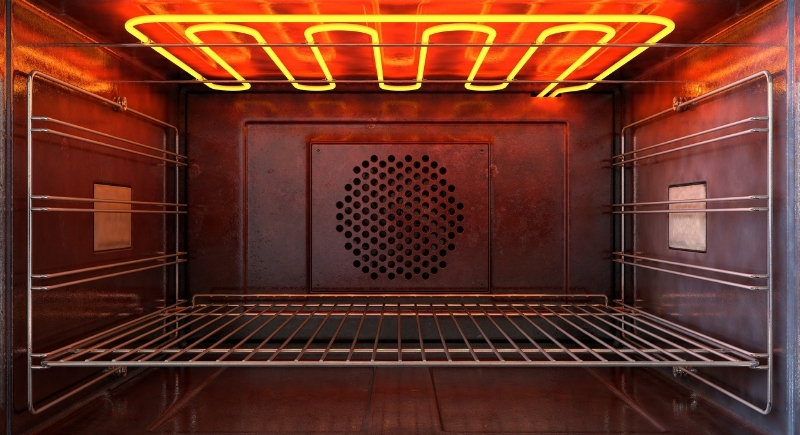
Credit: Getty Images
Blasting food over high heat isn’t always the best move. Chefs know that lower, steadier temperatures often bring out better flavor. Eggs stay soft and creamy, vegetables brown instead of burn, and sauces have time to thicken evenly. High heat still has its place for a quick sear, but most of the time, patience and control deliver better results.
The Secret To Easy Egg Peeling

Credit: Getty Images
Peeling boiled eggs can be frustrating when shells cling to the whites. A tiny adjustment makes it easier: crack the egg gently with the back of a spoon before dropping it into an ice bath. The water seeps beneath the shell’s membrane, loosening it from the egg. Shells then peel away in big pieces, leaving smooth eggs for deviled platters, salads, or quick snacks without the messy, torn results that usually happen.
Toast Rice For Extra Flavor
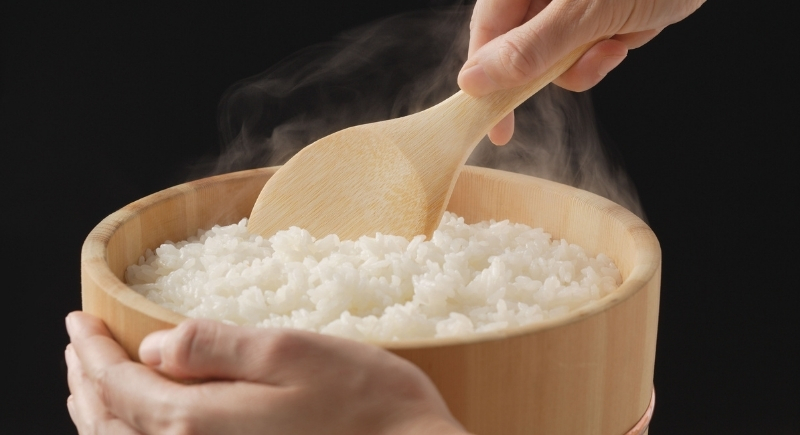
Credit: Canva
White rice doesn’t have to be bland. A quick toast in a little oil before adding liquid gives the grains a nutty aroma and helps them stay separate. Using broth instead of water takes it further, adding depth that makes the rice taste like a dish on its own rather than just a side. It’s a small step, but one that shows up in kitchens from Spain to the Middle East for a reason.
Revive A Broken Sauce
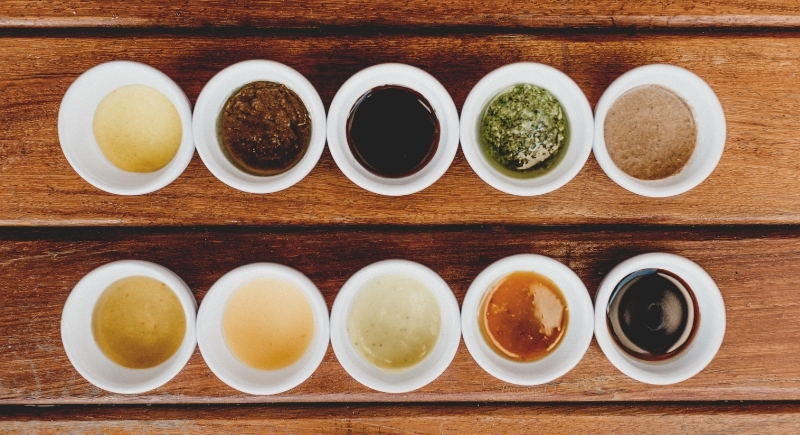
Credit: pexels
When a sauce splits and turns greasy, it’s not always a lost cause. Drop in an ice cube and whisk—the sudden chill helps the fat and liquid bind again. This works especially well with cream or butter sauces and can bring them back together in seconds, saving the dish without starting over.
Sharp Knives Save Fingers
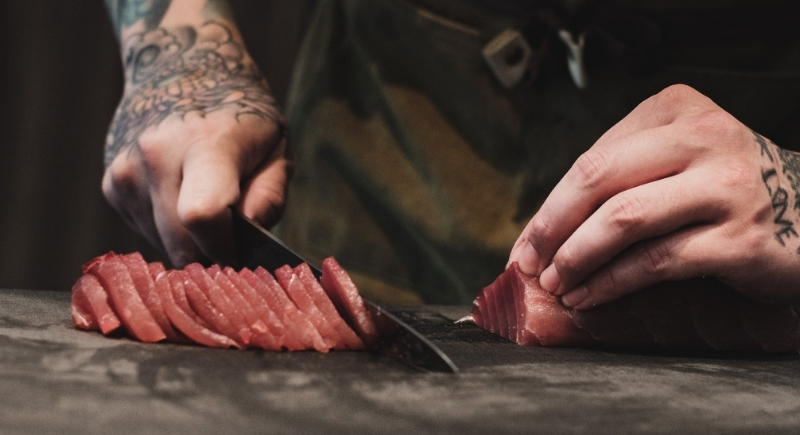
Credit: pexels
A dull knife is far more dangerous than a sharp one. When a blade is blunt, cooks push harder, which increases the chance of slipping. Sharp knives slice cleanly and precisely, making prep faster and safer. Professionals sharpen theirs constantly, but even occasional honing at home changes everything.
Respect The Microwave
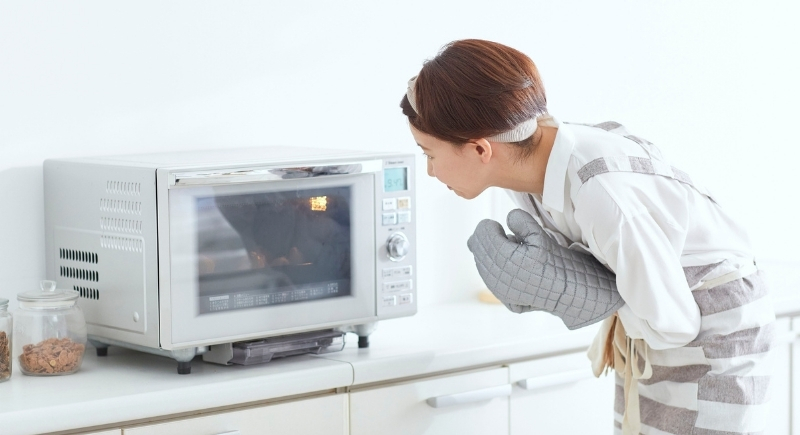
Credit: Canva
Microwaves often get blamed for rubbery food, but it’s usually user error. Heating everything at full power leads to hot edges and cold middles. Professionals reheat by lowering the power to around 50% and doubling the time. The food warms evenly while retaining moisture and texture.
Potatoes To The Rescue
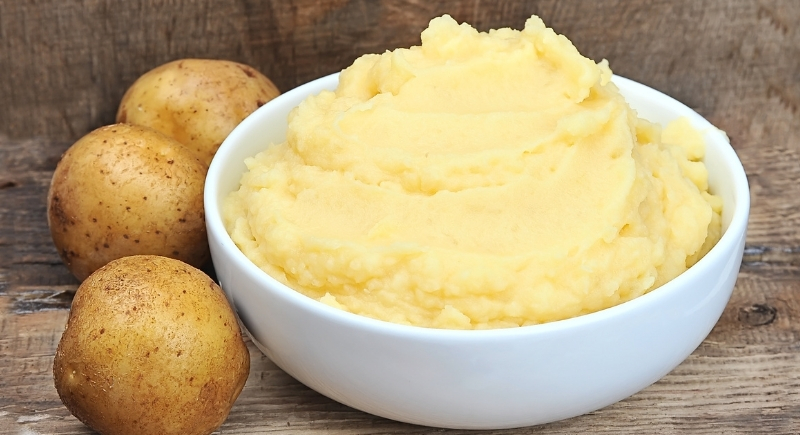
Credit: Getty Images
Soups and gravies sometimes end up watery. Instead of dumping in flour and risking lumps, chefs stir in instant mashed potato flakes. They dissolve smoothly, thicken evenly, and blend with the dish’s flavor. This trick works especially well with chowders, vegetable soups, or any hearty dish where a potato undertone feels natural.
Broth Makes Everything Better
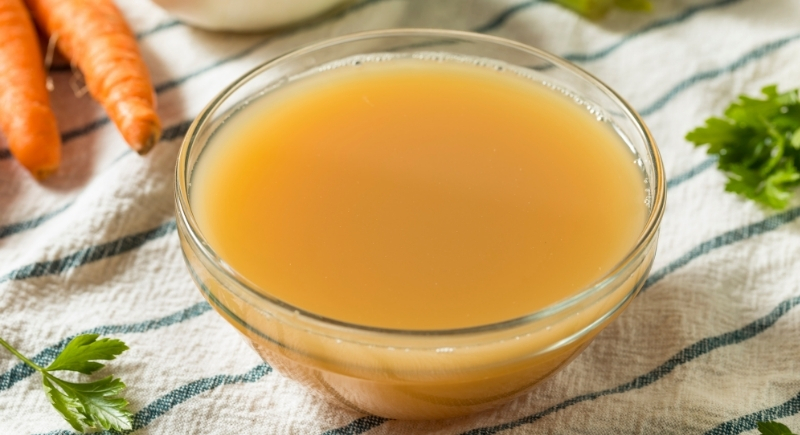
Credit: Getty Images
Good broth is the backbone of countless dishes. Homemade versions have a depth you won’t get from a box, and they’re an easy way to use up chicken bones and vegetable scraps. Many chefs keep broth frozen in portions so it’s always on hand for soups, sauces, or risotto. It’s a small habit that makes everyday cooking taste richer and more satisfying.
A Wooden Spoon Stops Boil-Overs

Credit: iStockphoto
Pasta water has a way of boiling over at the worst times. Resting a wooden spoon across the pot can break up the foam and slow it down, giving you a little more room to react before it spills. It’s not a foolproof fix—you still need to keep an eye on the pot—but it’s a simple trick that helps cut down on kitchen mess.
Burgers Deserve Soy Sauce
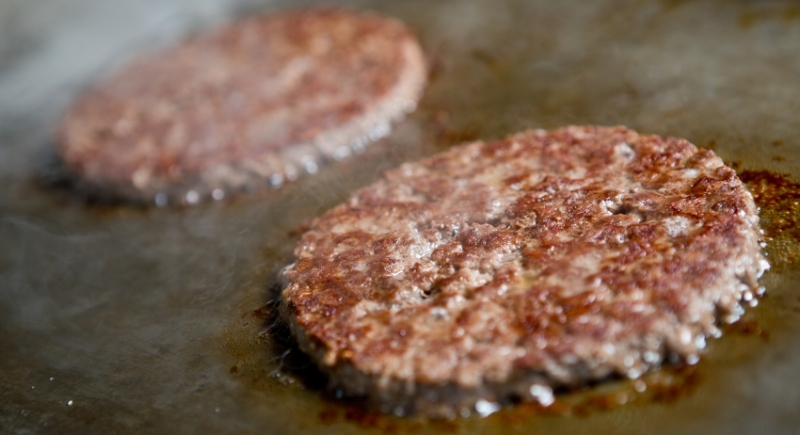
Credit: Getty Images
There’s a finishing move many home cooks skip. Just before topping a burger with cheese, chefs splash soy sauce into the pan. It reduces quickly, forming a savory glaze that clings to the patty. The soy boosts umami, adds saltiness, and deepens flavor. Combined with garlic or onion powder, it transforms a simple burger into something memorable. It’s small, but it’s a detail that explains why restaurant burgers often taste better.
Ginger Grates Better Frozen

Credit: Getty Images
Fresh ginger is fibrous and tricky to chop, but freezing changes everything. Frozen ginger grates neatly, skin and all, into fine shreds that melt into dishes. It lasts for months in the freezer, ready for stir-fries, teas, or dressings without the need for peeling. This prevents waste, saves prep time, and keeps flavor bold. Chefs often rely on this hack for efficiency, and it’s one of the easiest to adopt at home.
Thermometers Aren’t Just For Steak

Credit: Canva
Cooks often rely on touch or sight, but professionals trust thermometers to remove the guesswork. Potatoes, for instance, are perfectly cooked when they hit around 210°F inside. Bread loaves can also be checked this way to ensure a soft interior without overbaking. Meat should come off the heat about 10 degrees shy of the target, as it continues to rise while resting. The result: consistent meals that turn out right every time.
Scrap Bowls Are Underrated
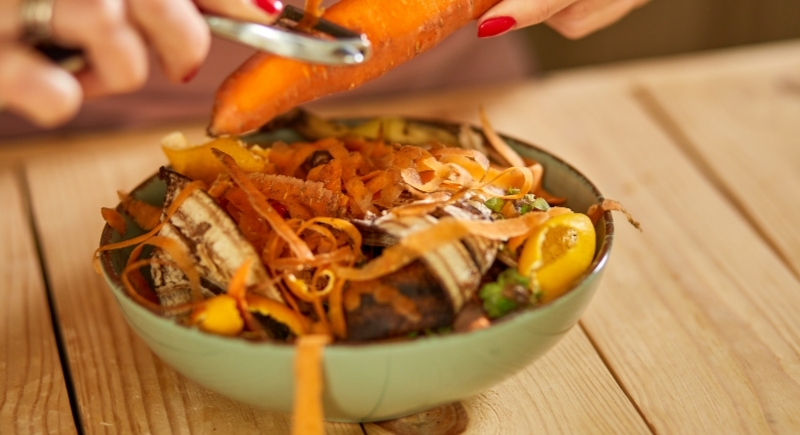
Credit: Canva
Professional kitchens value efficiency, and one of their simplest tricks is a scrap bowl. By keeping a container next to the cutting board, peels and stems go straight into it. This avoids dozens of trips to the trash, keeps counters clear, and makes cleanup quicker at the end. The habit might seem small, but it saves time and keeps prep organized, especially when working through large amounts of produce.
Pasta Water Works Magic
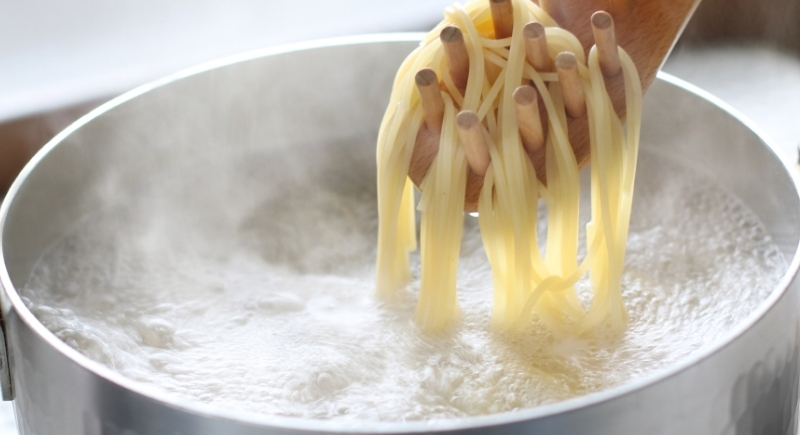
Credit: Getty Images
That cloudy water left behind after draining pasta is a secret weapon. Rich in starch, it acts as a binder, helping oil and liquid come together in sauces. A small ladleful stirred into marinara or Alfredo creates a silky texture that coats noodles. Italian kitchens rely on this every day, and once you try it, you’ll never dump all the water again. It’s simple, free, and makes pasta dishes noticeably smoother.
Get Onions Golden Faster
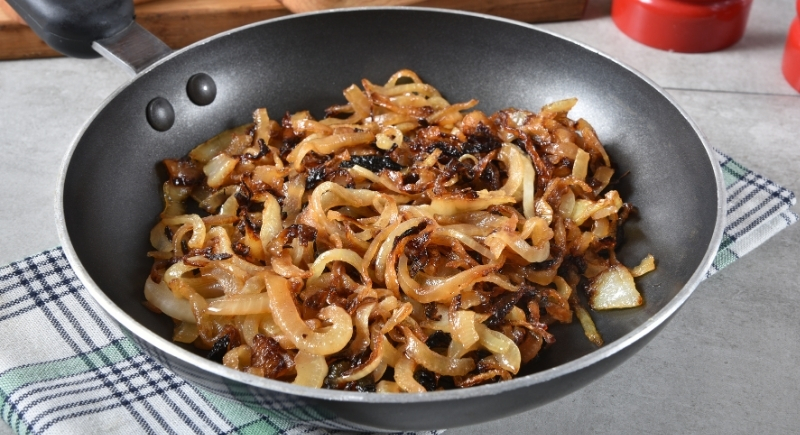
Credit: Getty Images
Caramelizing onions can feel like watching paint dry. The process is slow because the natural sugars take time to break down. To speed it up, chefs sprinkle the onions with a pinch of baking soda. The alkaline environment accelerates browning, turning them golden in far less time. Too much will make them soggy, but with care, this hack delivers flavor-packed onions for burgers, soups, or pasta dishes without the endless wait.
Acid Is A Seasoning Too

Credit: pixelshot
Salt and pepper are staples, but chefs often rely on acid to finish dishes. A squeeze of lemon, a splash of vinegar, or even a spoonful of pickle brine can brighten flavors instantly. Acid balances heavy meats, cuts through oily sauces, and adds depth to vegetables. Think of it as the spark that wakes up the food. A quick dash at the right moment can completely change how a meal tastes.
Toast Spices For Impact
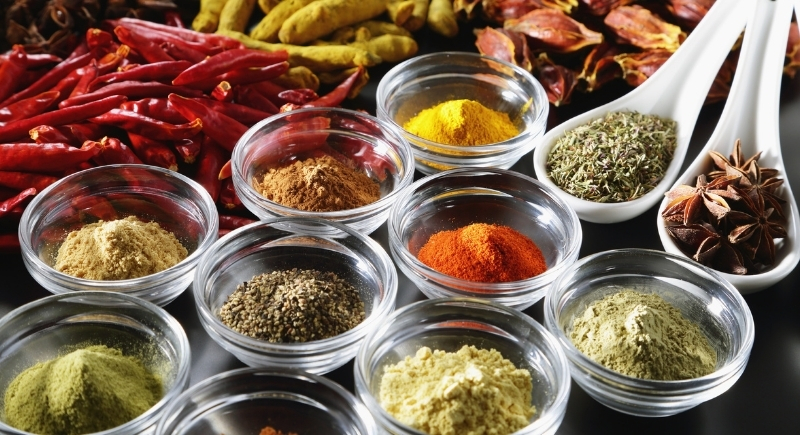
Credit: Canva
The boldest flavor in spices comes from their oils, and heat brings those oils out. A quick toast in hot oil before adding other ingredients—sometimes called blooming—deepens aroma and gives dishes more complexity. Whether it’s curry, chili, or a spice blend, that extra minute makes the difference between flat seasoning and rich flavor.
Butter Needs A Partner
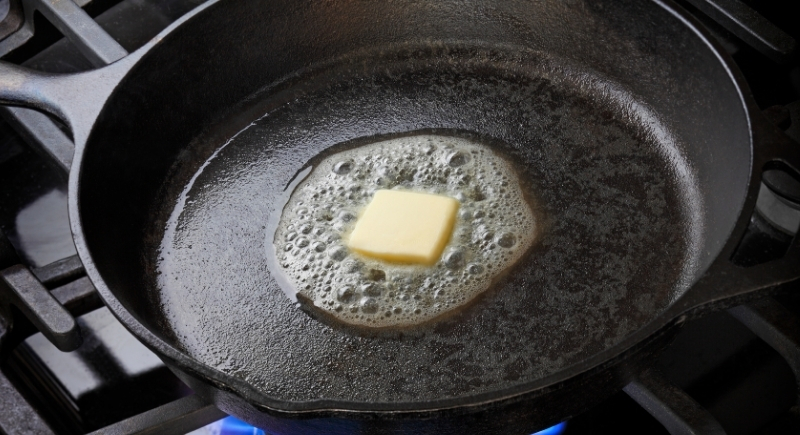
Credit: Getty Images
Butter adds great flavor, but on its own, it burns quickly. Pairing it with a neutral oil raises the smoke point so it can handle higher heat without scorching. Chefs use this mix for sautéing vegetables, searing meat, or toasting bread—getting the richness of butter with the stability of oil.
Eggs And Cooling Racks Go Together

Credit: iStockphoto
Knives aren’t required for perfect egg pieces. Push boiled eggs through a cooling rack, and you’ll have uniform chunks in seconds. This same method works with avocados, creating neat cubes for guacamole or salads. It’s a clever way to repurpose a baking tool you probably already own. For anyone preparing big batches, this trick cuts prep time dramatically while keeping results consistent.